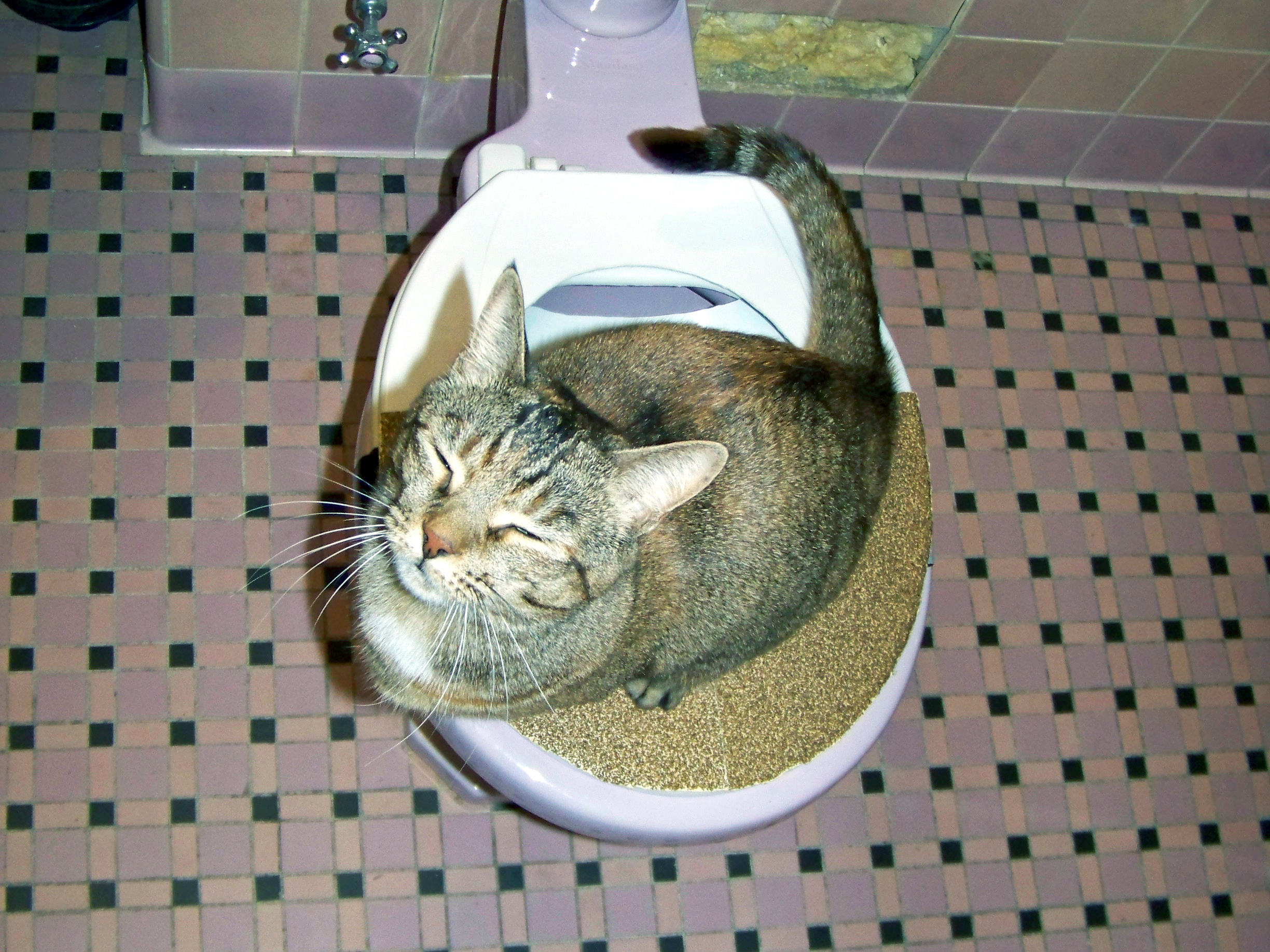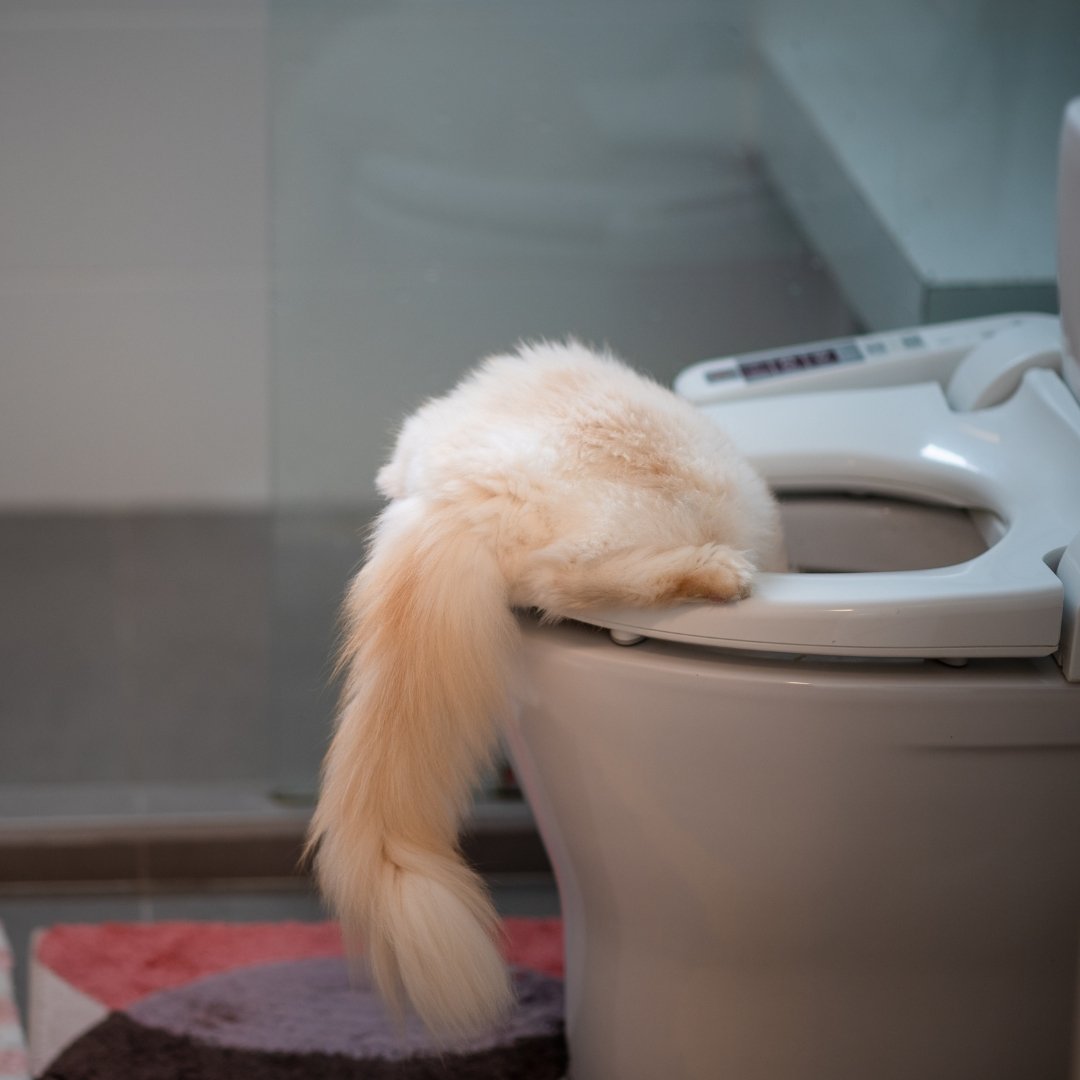The writer is making several great pointers on 10 Things You Should Never Flush Down The Toilet in general in the content down below.

When it comes to throwing away waste, particularly animal waste, many individuals usually resort to the convenient alternative of flushing it down the bathroom. Nonetheless, this apparently easy remedy can have significant repercussions for the environment and public health. In this article, we'll check out why flushing animal waste down the toilet is a negative idea and provide alternate approaches for appropriate disposal.
Intro
Correct garbage disposal is essential for keeping ecological sustainability and public health. While it may seem harmless to purge animal waste down the commode, it can bring about different concerns, both for the setting and human wellness.
Threats of flushing animal waste
Environmental influence
Flushing animal waste introduces harmful germs and pathogens right into waterways, which can adversely influence marine communities. These microorganisms can contaminate water sources and injury aquatic life, interrupting fragile ecological communities.
Public health problems
Pet waste contains damaging microorganisms such as E. coli and Salmonella, which can posture serious health dangers to people. Flushing pet waste down the bathroom can pollute water supplies, causing the spread of illness and infections.
Alternatives to flushing
As opposed to flushing animal waste down the bathroom, there are numerous alternative disposal techniques that are more environmentally friendly and sanitary.
Composting
Composting animal waste is a green means to take care of it. By composting, raw material is broken down right into nutrient-rich soil, which can be used to fertilize yards and plants.
Land fill disposal
Taking care of animal waste in a land fill is an additional alternative. While not as environmentally friendly as composting, it is a safer option to flushing, as it prevents the contamination of water sources.
Family pet garbage disposal systems
There are customized animal garbage disposal systems offered that safely and hygienically throw away pet waste. These systems commonly use enzymes to break down waste and get rid of smells.
Actions to correct pet garbage disposal
To make sure appropriate disposal of pet waste, comply with these actions:
Scooping and getting waste
Frequently scoop and bag pet waste utilizing naturally degradable bags. This avoids waste from polluting the atmosphere.
Making use of marked waste containers
Dispose of bagged animal waste in designated waste containers, such as garden compost containers or landfill containers. Stay clear of flushing it down the bathroom in any way costs.
Cleaning can and animal locations on a regular basis
Frequently tidy can and pet areas to prevent the accumulation of waste and germs. Use pet-safe cleaning items to keep health.
Benefits of correct disposal approaches
Adopting correct disposal techniques for pet waste supplies a number of advantages:
Reduced environmental pollution
Correct disposal approaches lower the danger of environmental pollution, protecting rivers and ecological communities from contamination
Lessened threat of water contamination.
By preventing flushing pet waste down the commode, the threat of water contamination is dramatically lowered, securing public health.
Boosted hygiene and hygiene
Correct disposal methods advertise better cleanliness and hygiene, creating a much safer atmosphere for both people and pets.
Verdict
To conclude, flushing animal waste down the bathroom is unsafe to the environment and public health. By adopting alternative disposal techniques and complying with appropriate waste monitoring practices, we can lessen the negative influence of pet waste and add to a cleaner, healthier world.
What To Do With Dog Poo – The Do's And Don'ts Of Disposing Of Faeces
Dog poo bins
Some councils provide dedicated dog waste bins in popular dog-walking areas that can take dog poo that has been bagged but you can legally dispose of dog waste in any public litter bin, as long as it is securely bagged. This also applies to your wheelie bin at home.
Do not flush
Water companies do not recommend flushing dog faeces down the toilet because certain parasites can survive the water processing treatment and are potentially harmful to humans. You should also never consider flushing dog poo that has been bagged down the toilet as the bags will not break down and instead create severe blockages in the sewage system.
In the woods
The Forestry Commission promotes a ‘stick and flick’ method for dealing with waste in the woods. This means finding a stick and using it to flick any poo from off the path so that it is out of the way of other walkers. You could also bury it as long as it is not in an area where there might be livestock.
Livestock
Parasites found in dog poo can be transmitted to livestock if they inadvertently eat infected faeces that has been left on grazing land. This could result in the death of sheep or abortion in cattle so you should always make sure you pick up your dog’s waste in fields where livestock could be present.

Frequently tidy can and pet areas to prevent the accumulation of waste and germs. Use pet-safe cleaning items to keep health.
Benefits of correct disposal approaches
Adopting correct disposal techniques for pet waste supplies a number of advantages:
Reduced environmental pollution
Correct disposal approaches lower the danger of environmental pollution, protecting rivers and ecological communities from contamination
Lessened threat of water contamination.
By preventing flushing pet waste down the commode, the threat of water contamination is dramatically lowered, securing public health.
Boosted hygiene and hygiene
Correct disposal methods advertise better cleanliness and hygiene, creating a much safer atmosphere for both people and pets.
Verdict
To conclude, flushing animal waste down the bathroom is unsafe to the environment and public health. By adopting alternative disposal techniques and complying with appropriate waste monitoring practices, we can lessen the negative influence of pet waste and add to a cleaner, healthier world.
What To Do With Dog Poo – The Do's And Don'ts Of Disposing Of Faeces
Dog poo bins
Some councils provide dedicated dog waste bins in popular dog-walking areas that can take dog poo that has been bagged but you can legally dispose of dog waste in any public litter bin, as long as it is securely bagged. This also applies to your wheelie bin at home.
Do not flush
Water companies do not recommend flushing dog faeces down the toilet because certain parasites can survive the water processing treatment and are potentially harmful to humans. You should also never consider flushing dog poo that has been bagged down the toilet as the bags will not break down and instead create severe blockages in the sewage system.
In the woods
The Forestry Commission promotes a ‘stick and flick’ method for dealing with waste in the woods. This means finding a stick and using it to flick any poo from off the path so that it is out of the way of other walkers. You could also bury it as long as it is not in an area where there might be livestock.
Livestock
Parasites found in dog poo can be transmitted to livestock if they inadvertently eat infected faeces that has been left on grazing land. This could result in the death of sheep or abortion in cattle so you should always make sure you pick up your dog’s waste in fields where livestock could be present.

As a passionate reader about Why you should never flush dog poop down the toilet, I figured sharing that excerpt was a good thing. Liked our blog posting? Please share it. Help somebody else discover it. Bless you for being here. Come back soon.
Schedule Now!